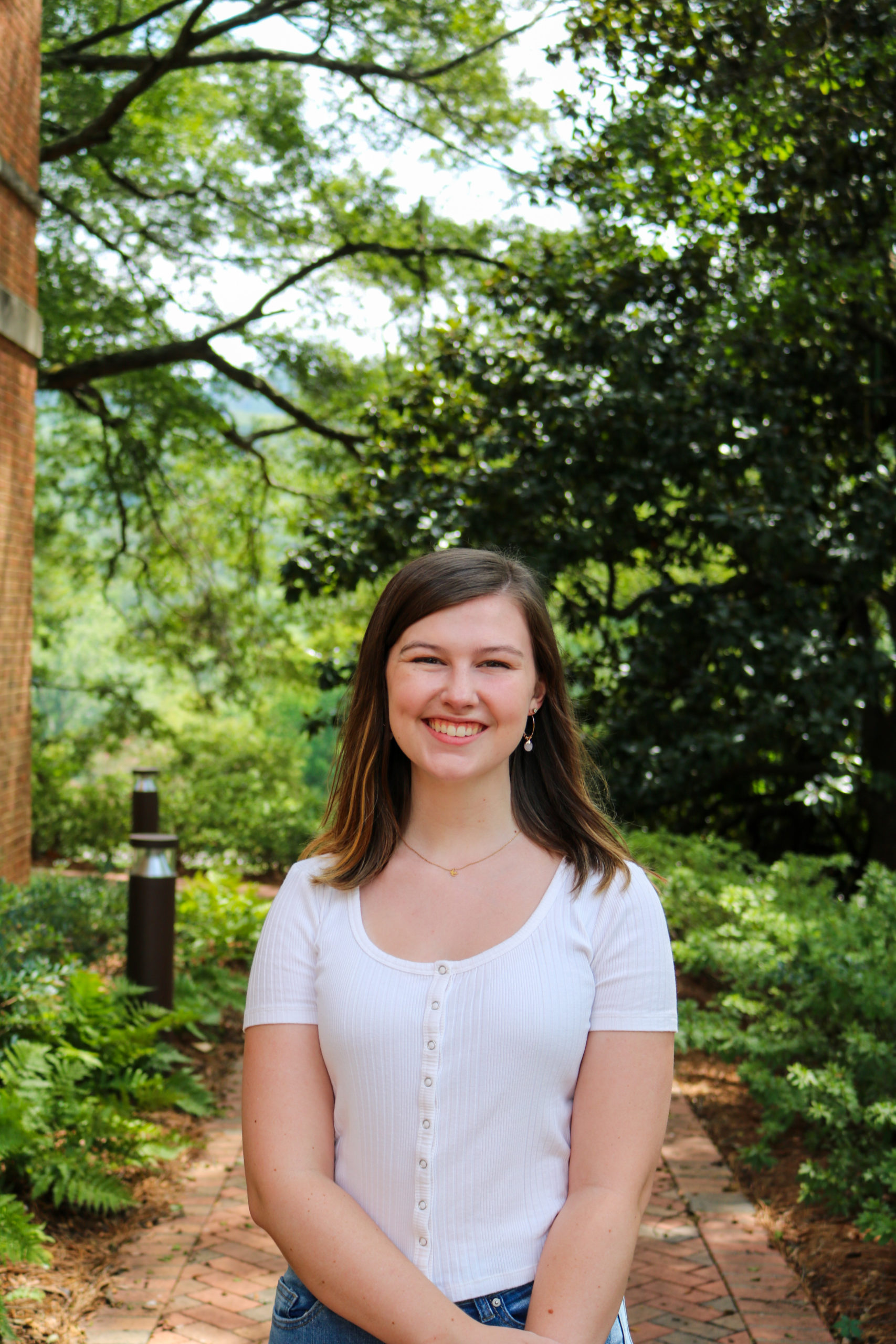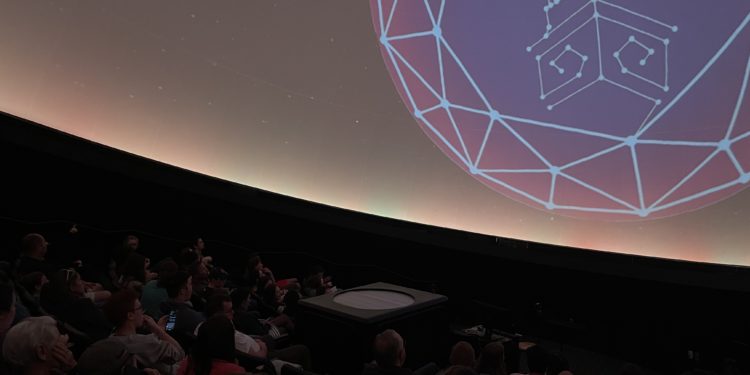Just like NASA is returning to the moon, Samford students are returning to the planetarium. On Oct. 20-21, Don Olive, Adaline Pace and Caroline Hood hosted the first planetarium show of the semester, “Back to the Moon.” Inside Samford’s Christenberry Planetarium, the audience had the opportunity to hear about current astronomy news, specifically the James Webb Telescope, the Artemis missions and NASA’s Mars rovers.
Caroline Hood, a junior at Samford, began the presentation with news about the James Webb Telescope, which is currently the largest and most powerful telescope that conducts infrared astronomy in space. It tracks movement and takes pictures of the heat created from those motions. The telescope was named after James E. Webb, a previous administrator of NASA, and it was launched in 2021. Hood went on to show the audience stunning pictures taken from the telescope and to put the units of distance into perspective.
“This telescope can help us see back in time,” Hood said. “Light only travels in one lightyear. The light we’re seeing took 4 billion years to travel to and reach the telescope. So, we are actually looking back in time.”
Hood was followed by Samford astronomy Professor Don Olive, who continued by showing the importance of the Artemis missions. These missions are bringing astronauts and scientists back to the moon. NASA is hoping to move toward deep space travel, and they believe that the best place to begin is Earth’s moon. They are planning to build research centers at the north and south poles of the moon, as there is evidence of frozen water in these locations that scientists are eager to test. Additionally, plans for new launch sites on the moon are in progress, since travel distance from the moon to another planet will be much shorter than traveling from Earth.
Previous NASA space missions have allowed scientists to discover new technologies for use on Earth. The hope is that new technologies can be created through the work of the Artemis missions.
“The technology that is developed in such a mission, in such an ambitious endeavor, can spawn many other technologies,” Olive said. “Think about how different our lives would be without computers, without all the technology that was originally developed to get people to the moon. It is something to aspire to.”
Junior Adaline Pace concluded by giving updates on NASA’s Mars rovers. So far, five different rovers have been sent to examine and observe the surface of the planet. The first rover, called “Sojourner,” was sent out in 1997. “Opportunity” and “Spirit” came next, and these rovers demonstrated evidence that Mars once had water. “Curiosity” was sent out in 2012 and finished its mission on Feb. 12, 2019. Currently, “Perseverance” is exploring Mars, and NASA is working to get samples from Mars brought to Earth for the first time. Up until now, we have only been able to see and test what the rovers show us, however, this new system would allow scientists to study samples up-close and in-person.
Space exploration has fascinated adults and children for decades. This does not exclude Olive, who spoke about the impact NASA had on his own life.
“I was born in 1963, and I grew up as a child of the Apollo missions,” Olive said. “It really was an inspiration for me and many of my friends. To see this major investment in exploration and discovery, I think, is what propelled me to the field of science, physics and astronomy. It can inspire. It can inspire a generation.”

Arts & Life Editor





